Trending Now
Saturday, Nov, 2024
Home / Only 20% Children Had Access To Remote Education During COVID: Survey
Only 20% Children Had Access To Remote Education During COVID: Survey
According to the recent survey conducted by ICRIER and LIRNEasia, in India, only 20% of the school-going children had access to remote education..
 by Himani Verma /
by Himani Verma /  25 Nov 2021 16:16 PM IST /
25 Nov 2021 16:16 PM IST /  0 Comment(s) / 297
0 Comment(s) / 297

According to the recent survey conducted by ICRIER and LIRNEasia, in India, only 20% of the school-going children had access to remote education during the COVID pandemic. And of which, only half of the students participated in the live online classes. Due to COVID-19, at least one child had dropped out of school altogether, according to the 38% of the households.
The results of the survey state that although digital connectivity shot up 40% during the COVID, still due to the low access to gadgets, poor signal, and high costs prevented most of the children from reaping benefits. The survey (conducted March 2021 – August 2021) covered around 7000 households, and due to high COVID-19 cases, only Kerala was excluded from the survey.
This survey also found that 80% of children aged 5-18 years who were enrolled in the schools before the COVID did not receive any educational services during the school's closure. This scenario is worst among rural households and from lower socio-economic classes as most of the heads of the household had lower education levels.
Only 55% of the students (among 20% who received education) had access to the live online class, while 68% had access to recorded videos and audio lessons. 3-4th of the students had got work over WhatsApp, and 61% got it via text messages. Almost 70% of students had contact with their teachers through phone calls, while 58% had work delivered to their homes. Also, around half of the students were instructed to learn and gain knowledge through listening to educational Television and Radio programs.
Internet Connection and its usage in India
64% of the household with school-aged children had an internet connection. But due to lack of access to devices or lack of larger screen devices, only 31% of these received remote education. However, the situation was worse for those who didn't have an internet connection, as only 8% received remote education. Reasons included poor 3G/4G signals, insufficient gadgets, and the biggest hurdle was high data cost. Even among those students who received remote education, one-third of the households said that the schools were not prepared to deliver online education.
Such challenges continued despite increasing digital connectivity. In 2020-21 over 13 crores of people will come online, thus pushing up the country's total internet users to more than 47 crores. Of the 8 crore individuals who came online in 2020, about 43% were motivated due to COVID-19. Overall, internet usage has increased from 19% of the population above 15 years in 2017 to 47% this year. But only 4% of the households had desktop computers, and 5% had laptops. The majority of the people rely on their smartphones which are available in 68% of the country's households.
According to the senior visiting professor at ICRIER and one of the lead authors of the report, Rajat Kathuria, increased digitalization's advantages have been spread unevenly across the population and geography of the country. The lower-income groups and laggard regions do not have any means and require policy support. He also recommended focusing on infrastructure availability and relatable vernacular content. According to him, the journey to digital inclusion must look at an expanded understanding of the access beyond laying fiber and providing cheap smartphones – the latter is necessary but not sufficient.

EShort / February 16, 2024
IMS Noida Admissions 2024: Apply for UG, PG programmes

EShort / February 16, 2024
GATE 2024: Response sheet out

EShort / February 16, 2024
BSSTET 2023: Admit card released

EShort / February 16, 2024
NID DAT 2024: Prelims result released

EShort / February 16, 2024
IIT JAM 2024: Response sheet released

Jobs / February 16, 2024
UPSC Recruitment Drive 2024: Apply for 120 vacancies in various departments

EShort / February 14, 2024
UPSC CSE 2024: Official Notification issued; application process begins
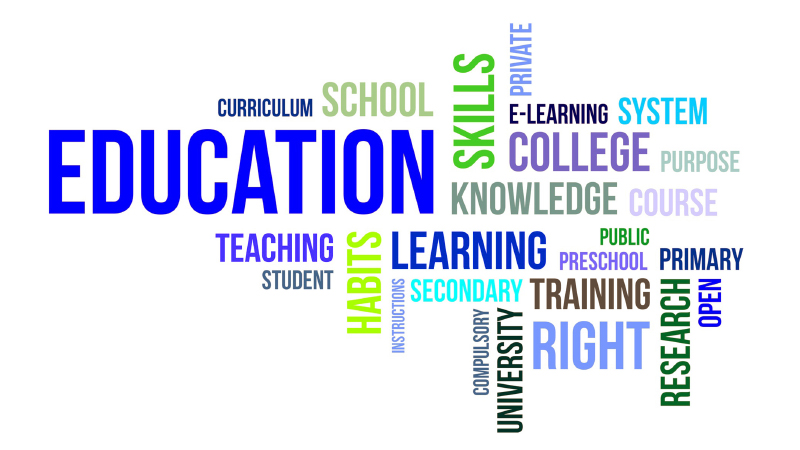
Editor's Desk / April 17, 2020
How Does Society Impact Our Education?

Current Affairs / April 22, 2020
Mr. Sudarsanam Babu appointed to U.S. Science Board.
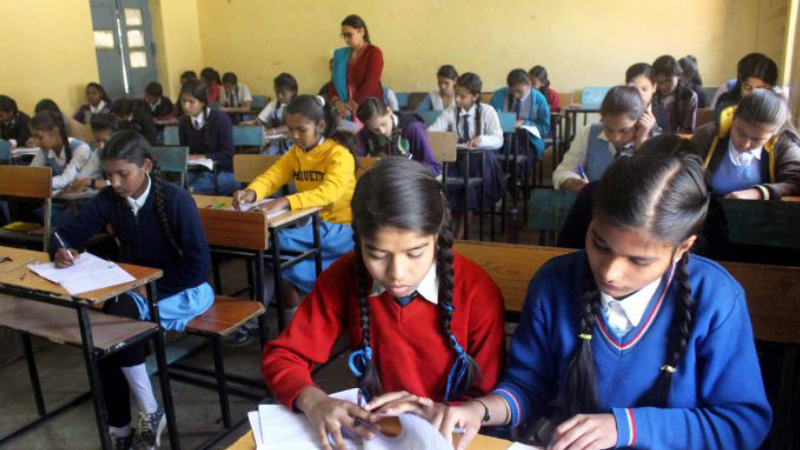
Reforms / April 17, 2020
Traditional Structure of Education In India
.jpg)
Events & Seminars / April 17, 2020
PISA!!
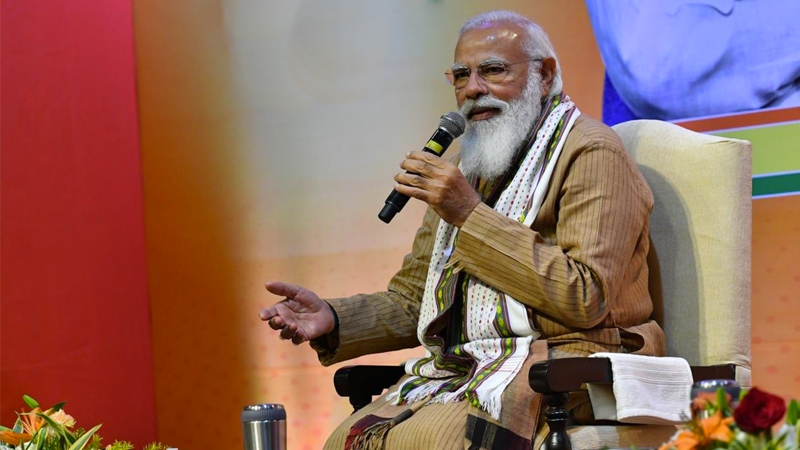
Blog / February 26, 2021
Government's Action On #ModiRojgaarDo

EShort / May 19, 2022
CUET PG 2025 has started the registration process.

Notice Board on Important Dates / April 21, 2020
World Heritage Day

News / July 08, 2021
JEE Mains Registration For Session 3: Last Date To Apply

EShort / December 14, 2021
UPSC Declared Final Result For DCIO Recruitment



 Program 2024 for Financially Disadvantaged Students-02.png)


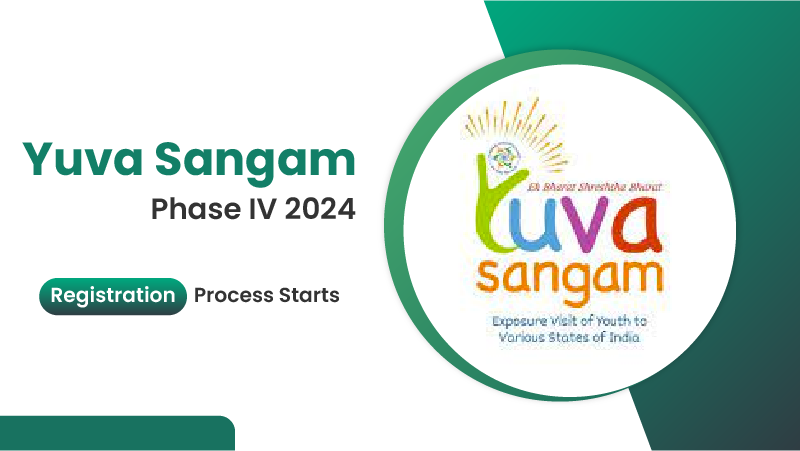
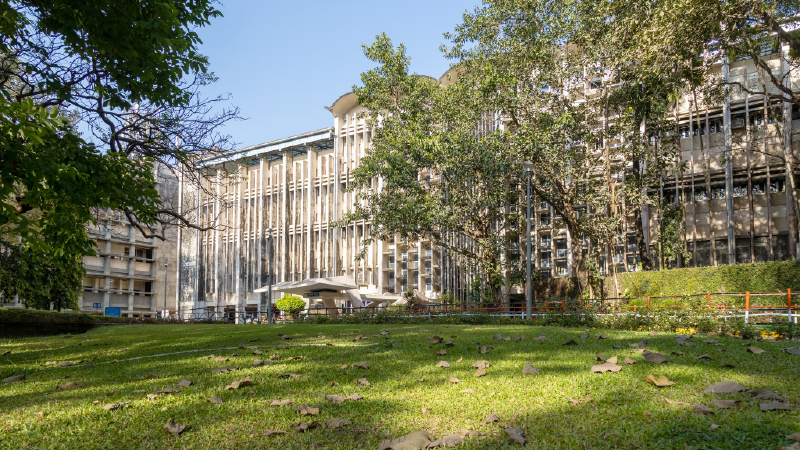




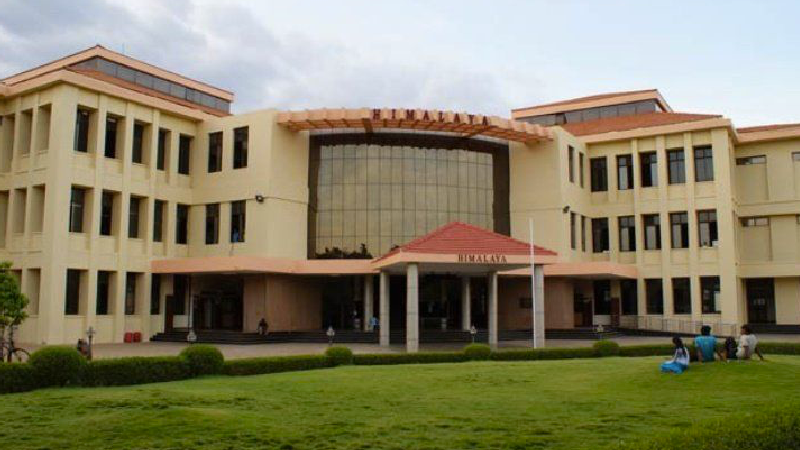




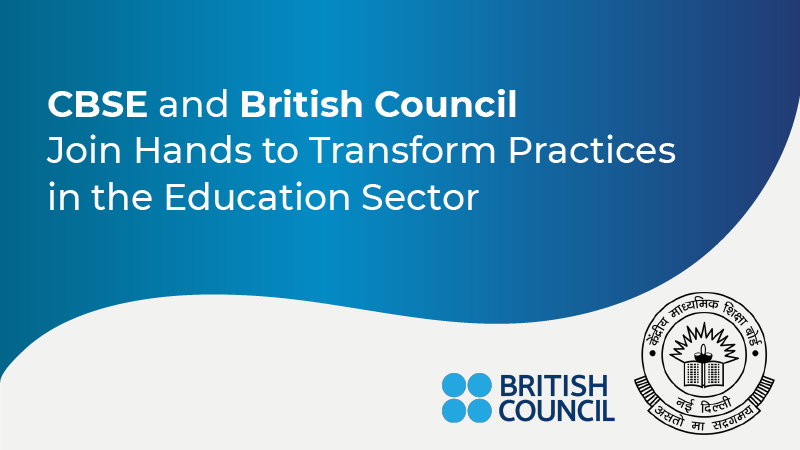


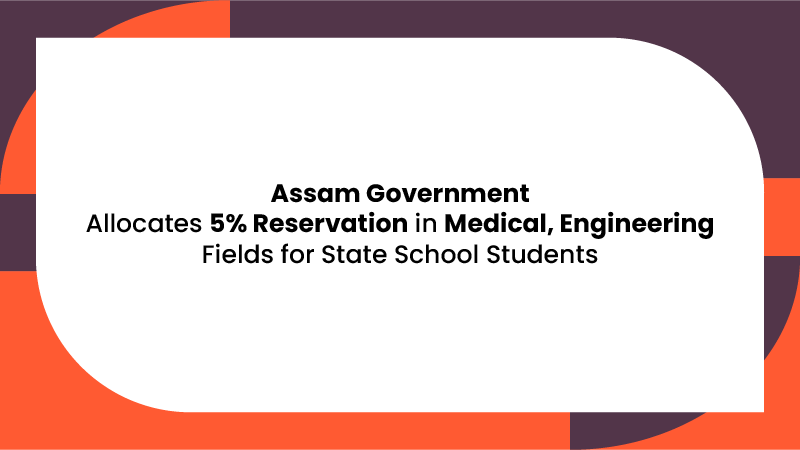



0 Comments
Post Comments